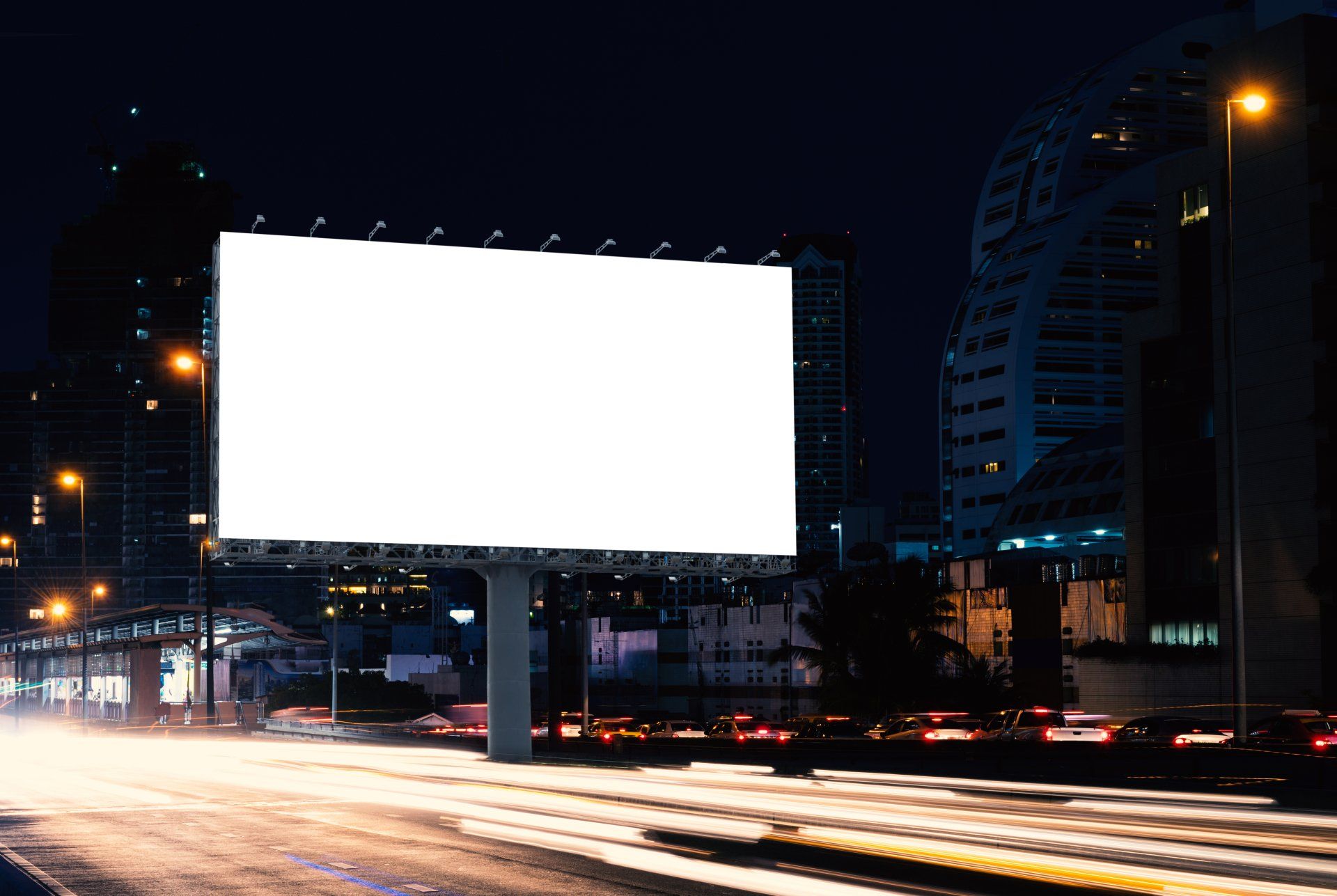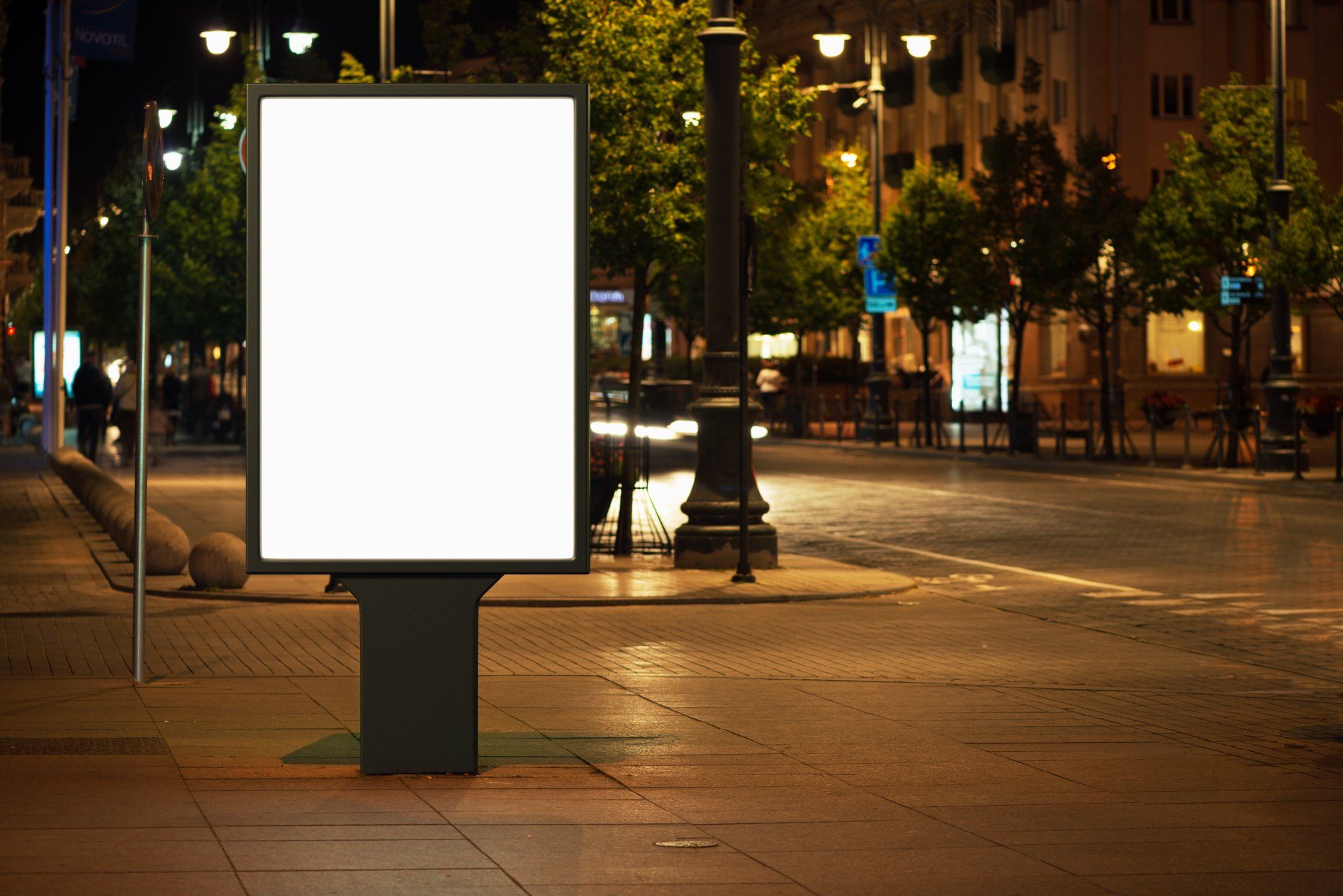Millennium Outdoor Advertising
Daily Effective Circulation
Calculating Daily Effective Circulation
Advertising exposure to out-of-home advertising is called Daily Effective Circulation (DEC). DEC is computed by using factors which calibrate period of exposure, directional traffic, and vehicle occupancy. With Millennium Outdoor Advertising LLC of Winfield, Texas, non-illuminated displays allow 12 hours of exposure, while illuminated displays allow 18 or 24 hours, depending upon whether the lights are turned off at midnight or daybreak.
Vehicular Circulation
All two-way traffic is converted to effective directional traffic and DEC further converts traffic counts to a person's exposure. The current load factor used for adult 18+ vehicle occupancy is 1.35.
Traffic counts are derived from two sources: official and manual.
Official counts are generally available from departments of transportation at city, county, or state agencies. State counts are taken on most roadways in three-year cycles, while city and other regional agencies to provide new data less frequently. Factors used for converting official 24 hour traffic counts to DECs are shown below.
Manual counts are performed by the plant operator. The tally method that utilizes hand tally counters is recommended. Short counts of vehicles, 15 minutes in duration, are conducted between 9 a.m. and 12 p.m. or 1 p.m. and 4 p.m.
There are two sets of factors used for converting the manual counts to one hour equivalents - the factors vary by time of the count. The second set of factors, which varies from period of exposure, expands the one-hour equivalent to DEC.
Circulation (DEC)
Factors Used to Convert Official 24-Hour Counts to DEC
| Period of Exposure | Factor |
|---|---|
| 24 Hours | .675 |
| 18 Hours | .64 |
| 12 Hours | .45 |
Factors Used to Convert 15-Minute Hand Counts to One-Hour Equivalents
(Note the exact starting time)
Morning
| Starting Time A.M. | Mult. Factor |
|---|---|
| 9:00-9:45 | 5.14 |
| 9.46 | 5.11 |
| 9.47 | 5.09 |
| 9.48 | 5.06 |
| 9.49 | 5.04 |
| 9.5 | 5.01 |
| 9.51 | 4.98 |
| 9.52 | 4.96 |
| 9.53 | 4.93 |
| 9.54 | 4.91 |
| 9.55 | 4.88 |
| 9.56 | 4.85 |
| 9.57 | 4.83 |
| 9.58 | 4.8 |
| 9.59 | 4.78 |
| 10.00-10.45 | 4.75 |
| 10.46 | 4.7 |
| 10.47 | 4.66 |
| 10.48 | 4.61 |
| 10.49 | 4.56 |
| 10.5 | 4.51 |
| 10.51 | 4.47 |
| 10.52 | 4.42 |
| 10.53 | 4.37 |
| 10.54 | 4.32 |
| 10.55 | 4.28 |
| 10.56 | 4.23 |
| 10.57 | 4.18 |
| 10.58 | 4.13 |
Afternoon
| Starting Time P.M. | Mult. Factor |
|---|---|
| 1:00-1:45 | 3.83 |
| 1.46 | 3.82 |
| 1.47 | 3.81 |
| 1.48 | 3.81 |
| 1.49 | 3.8 |
| 1.5 | 3.79 |
| 1.51 | 3.78 |
| 1.52 | 3.77 |
| 1.53 | 3.77 |
| 1.54 | 3.76 |
| 1.55 | 3.75 |
| 1.56 | 3.74 |
| 1.57 | 3.73 |
| 1.58 | 3.73 |
| 1.59 | 3.72 |
| 2.00-2.45 | 3.71 |
| 2.46 | 3.68 |
| 2.47 | 3.65 |
| 2.48 | 3.62 |
| 2.49 | 3.59 |
| 2.5 | 3.56 |
| 2.51 | 3.53 |
| 2.52 | 3.5 |
| 2.53 | 3.47 |
| 2.54 | 3.44 |
| 2.55 | 3.41 |
| 2.56 | 3.38 |
| 2.57 | 3.35 |
| 2.58 | 3.32 |
Factors to Convert One-Hour Equivalents to DEC
| Period of Exposure | Factor |
|---|---|
| 24 Hours | .675 |
| 18 Hours | .64 |
| 12 Hours | .45 |
Important Information
If any count, manual, or official is taken in one way street, the factor must be doubled because of the built-in divisor for directional circulation. However, never double the 15 minute multiplying factors, nor the base count of the vehicles.
1.35 = Adult 18+ Load Factor
95% = The percentage of the total daily traffic that passes in an 18-hour period.
66.6% = The percentage of the total daily traffic that passes in a 12-hour period.
1999 © TRAFFIC AUDIT BUREAU FOR MEDIA MEASUREMENT. ALL RIGHTS RESERVED.
Send mail to
jwalton@millenniumads.net with questions or comments about this web site.


